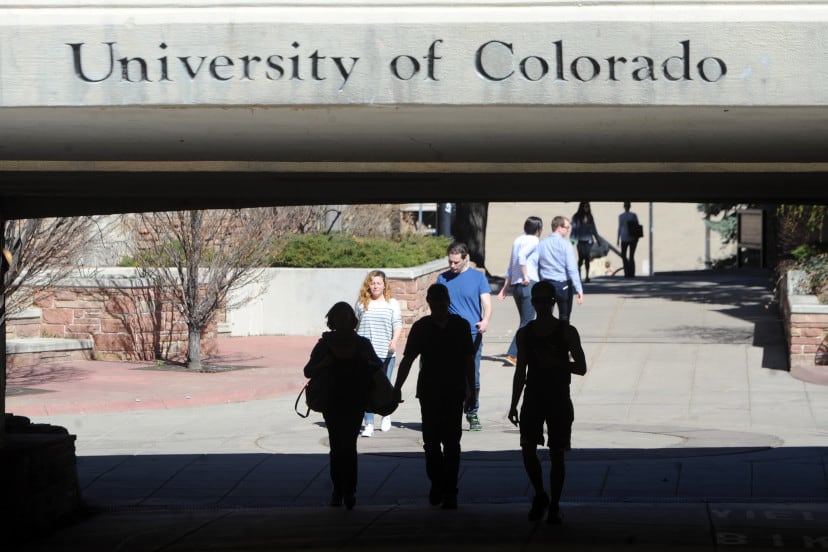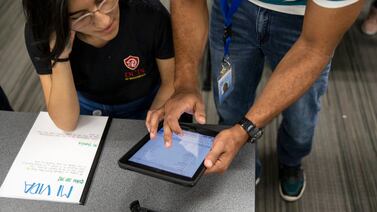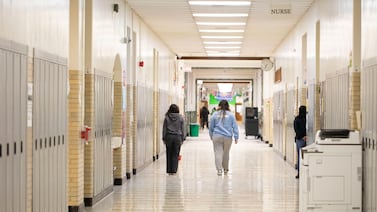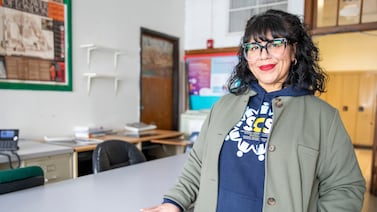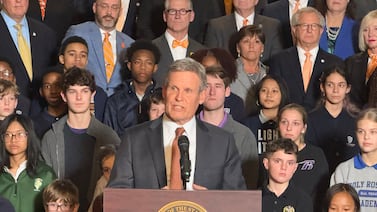The number of Colorado students who completed a federal financial aid application during the 2020-21 school year dropped by 5.6%, the second consecutive yearly decline that experts attribute to the pandemic.
Colorado’s decline in students completing the Free Application for Federal Student Aid (FAFSA), which helps students secure college grants and loans, outpaced the nation, which saw completion rates fall by 4.5%.
The dwindling number of Colorado students who didn’t complete the FAFSA — nearly 1,900 fewer than the previous year — has raised concern among advocates focused on helping high school students realize their higher education dreams. Especially troubling, they say: The decline disproportionately impacts low-income students and those of color who traditionally don’t attend college at a high rate.
Bill DeBaun, the National College Attainment Network’s director of data and evaluation, said FAFSA completion matters because it’s a leading indicator of whether a high school senior will attend college. Two years of FAFSA completion declines due to pandemic-related hardships worries leaders at the nonprofit, which works to ensure students from all backgrounds have the ability to attend college.
“We’re sounding the alarm,” DeBaun said. “We are not out of the woods in terms of helping students pursue a postsecondary path.”
As of July, about 43.4% of all Colorado high school seniors had completed the FAFSA application, according to federal numbers compiled by NCAN. That’s compared with 55% of high school students across the nation.
Colorado experienced dips across the entire state, but especially in cities. Year over year, 9.1% fewer students in urban areas filled out the form. Schools with more low-income students and those of color saw the steepest declines. FAFSA completion dropped by 16.8% at schools with greater low-income populations and 13.1% at schools with a high number of students of color.
DeBaun said it’s important for students to fill out the FAFSA while in high school because many will never have the resources to complete the form once they graduate. And the pathway to college can be “elusive” for those that don’t enroll, he said, because they take on life responsibilities such as starting a family.
“And so all of that snowballs when students don’t immediately enroll,” DeBaun said.
While Colorado has been a leader in tracking rates through its FAFSA Completion project, DeBaun said, the state lags behind the rest of the country. Colorado ranks 47th in FAFSA completion. While the pandemic has been to blame for the last two years of declines, the state has experienced a downturn since a high in the 2018-19 school year.
States with comprehensive counseling programs to help students fill out the form have fared better than Colorado.
Federico Rangel, a Denver Scholarship Foundation lead college adviser, said encouraging students to complete the form requires year-round student resources and advising.
The foundation, which provides counseling and financial aid to Denver students, said it has seen students complete the form, despite pandemic-related obstacles and concerns. Rangel said students worried about remote learning or financial hardships can steer away from college. But, he said, he advises them to fill out the form to keep their options open. The foundation also holds numerous events to help students fill out the FAFSA, Rangel added.
But meeting with students and holding events during the pandemic hasn’t been easy. It’s often easier to pull students aside during a free class period, said Rangel, adding that he and his team have worked long hours throughout the pandemic to advise students on the importance of the FAFSA form.
“We tell students: ‘Let’s push forward; let’s keep going,’” Rangel said. “‘Let’s get that FAFSA done; let’s get this financial aid paperwork done. That way, at least you have options.’”

